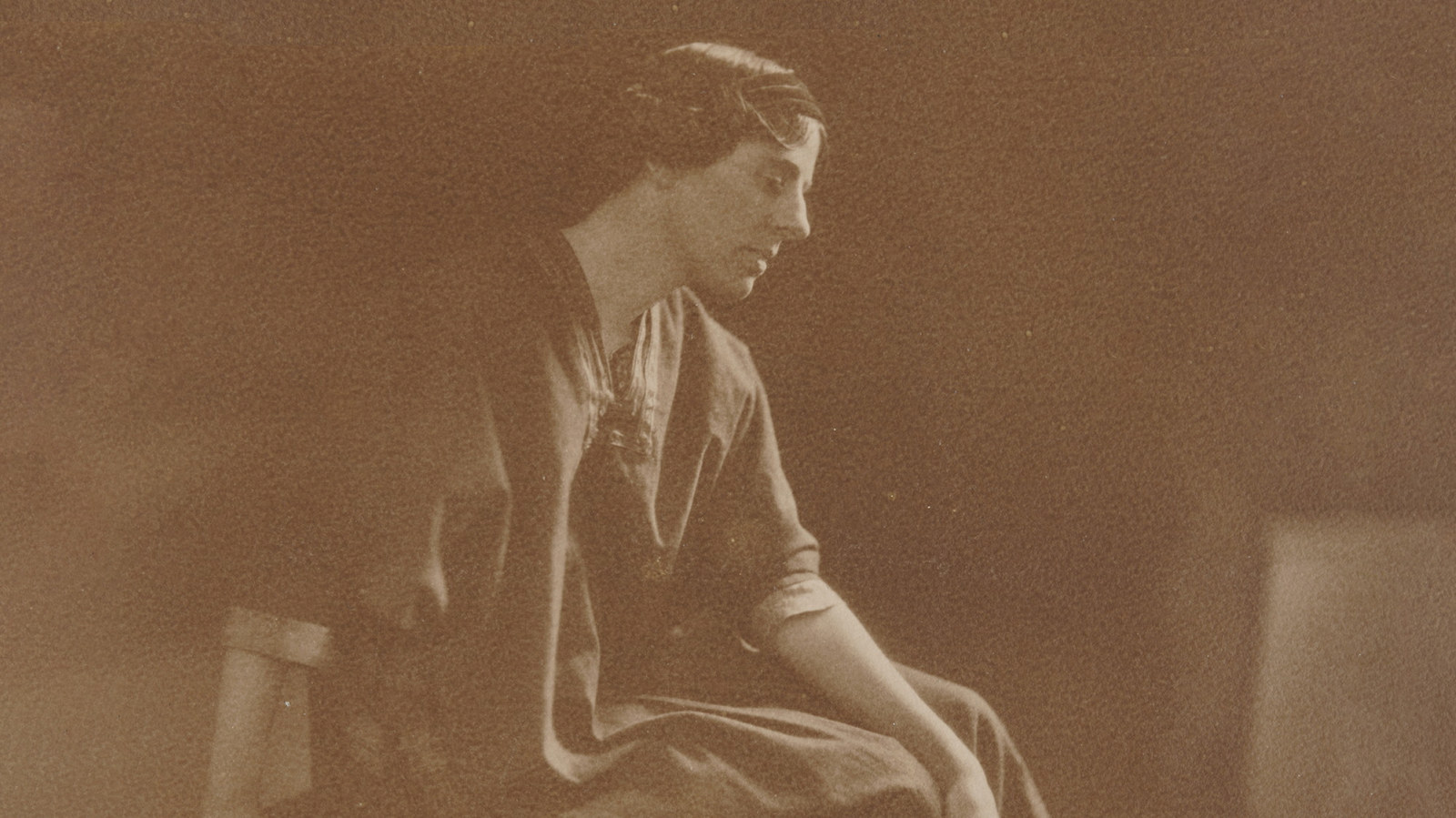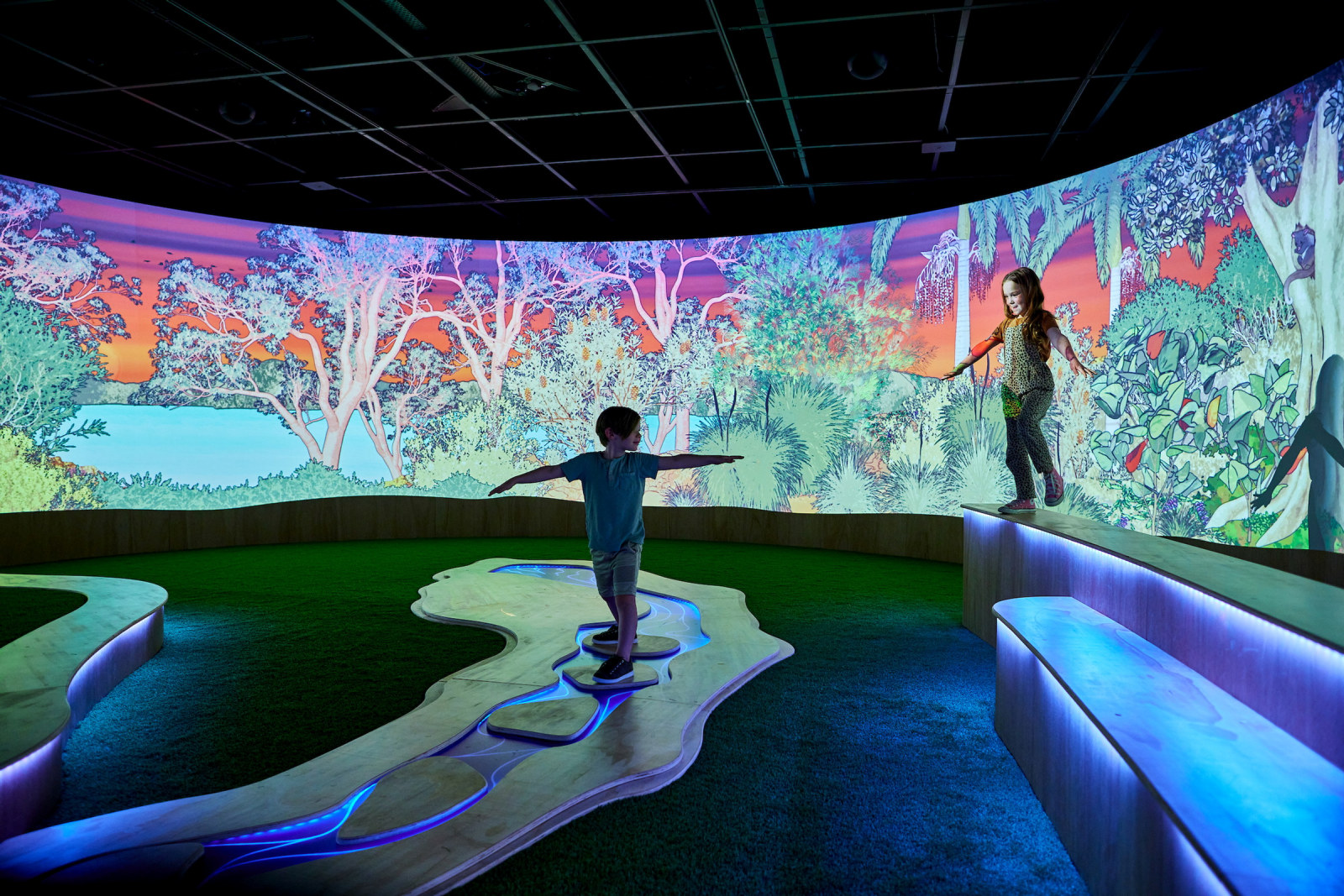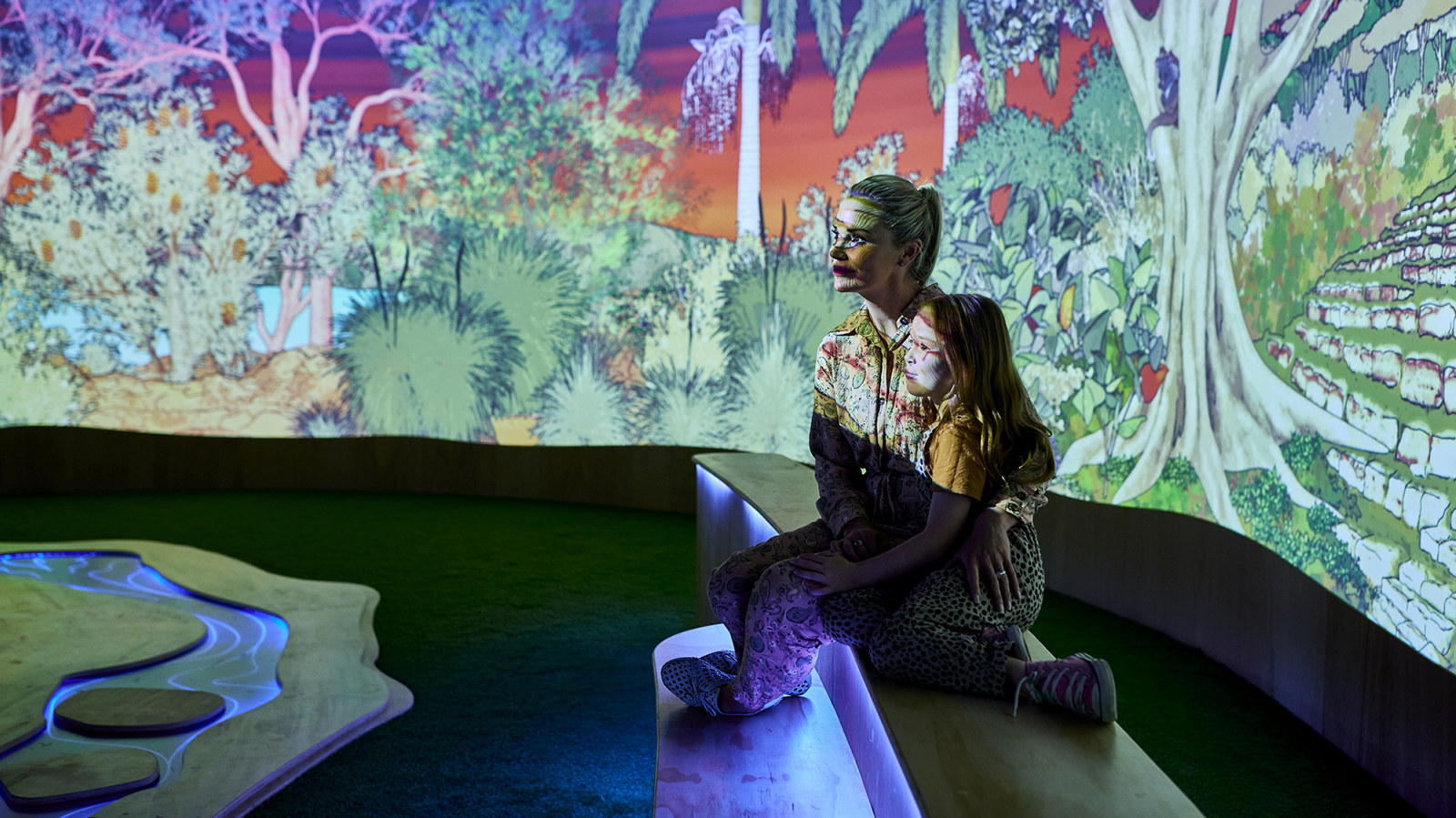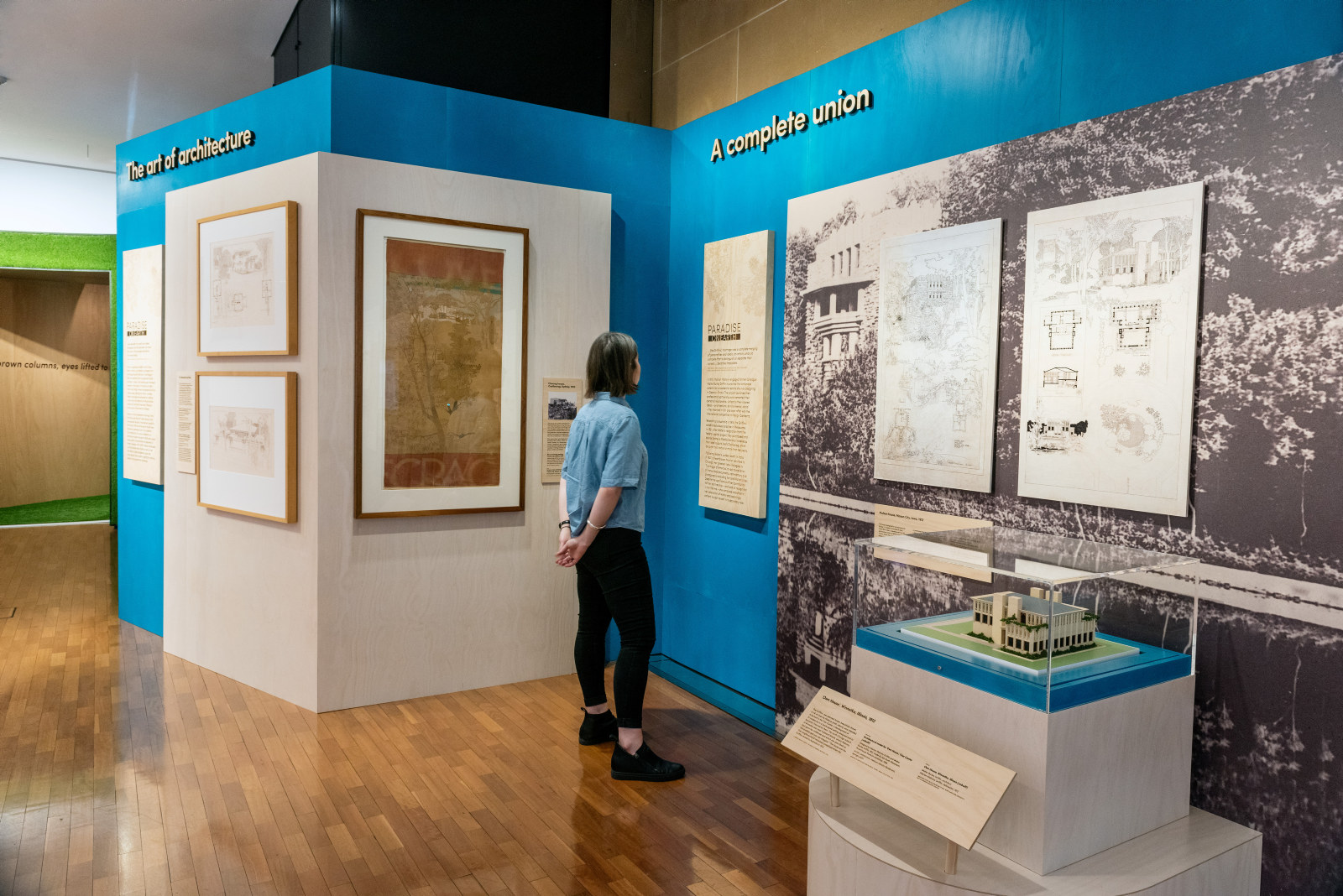Discover Paradise on Earth
Whether you’re a lover of design, architecture and art, or simply seeking an oasis in the CBD, this new exhibition invites you to reflect on the extraordinary story of architect Marion Mahony Griffin.
The name Walter Burley Griffin is imprinted on Australia’s collective history through the story of our national capital, Canberra. Less well known for much of the 20th century was the name of his wife and architectural partner, Marion Mahony Griffin. Like that of many women architects and innovators – particularly those working in what we now refer to as STEM (science, technology, engineering and mathematics) – her role was relegated to the shadows. In recent years, there has been a re‑examination of the part Mahony played in the Griffin story, and our guest curator for Paradise on Earth, Dr Anne Watson, is one of a number of historians, scholars and curators who have contributed to this important work.
The suburban dream
A significant chapter in Mahony’s life took place during the 1920s and 30s in Sydney, where she and Walter created a new ‘scenic harbour suburb’, Castlecrag. Their development offered an ‘exclusive residential community’ with ‘unique homes, grounds and parks and playgrounds’. Sydney in the 1920s was undergoing a major wave of suburbanisation. The end of the Great War brought with it the expectation of improved living conditions and a demand for better housing. More than 50 per cent of Sydney’s population were tenants, and many returning soldiers rejected a return to life in the urban slum. The need for a housing alternative to the inner-city terrace was widely accepted by public authorities. Yet it was private land speculators and property developers – assisted by the greater affordability of the motor car and the expansion of Sydney’s transport and roads network – who drove the subdivision and sale of land for suburban development. Historians such as Peter Spearritt maintain that this combination of forces led to the creation of a powerful Australian ideology: that the best kind of living was to be had in a private family house located on its own block of land. We know this as the ‘suburban dream’.1
In establishing their company the Greater Sydney Development Association to create the suburb of Castlecrag, the Griffins were private land developers who seized the business opportunities presented in Sydney during the 1920s. They, too, sold a suburban dream. But what they offered at Castlecrag, set amid bushland on the shores of Middle Harbour, deviated from a town-planning formula that carved delineations between the natural, domestic and public domains. The Griffins pursued a vision for suburban living that had no such boundaries. For them, the key to a new suburban dream was a seamless spatial and philosophical connection between nature, architecture and community.
Creating community
‘Community’ and new ways of living were at the heart of social and ideological movements that gathered pace in the aftermath of the Great War. Mahony embraced the anthroposophy movement established by Austrian philosopher Rudolf Steiner. This promoted creativity and nature as the source of nourishment for the human soul. The child – an archetypal figure whose innate sense of creativity was unbridled by social conformity – became a leitmotif for Mahony at Castlecrag, central to many of her ideas. The Haven Scenic Theatre (now known as the Haven Amphitheatre) – a natural gully with an abundance of plant and animal life – became a site for her and other residents to express their creativity within nature itself through performances and community gatherings.
A visionary world
The Museum of Sydney’s new experience, Paradise on Earth, creatively engages with the many dimensions that make up the Marion Mahony Griffin story. Setting the tone for visitors as they enter the museum is a work by Sydney Living Museums’ artist-in-residence Dr Lisa Cooper, 33 after drawing 12. Channelling Mahony’s drawings and her expression and understanding of nature as an all-consuming timeless life force, Dr Cooper has created a striking, botanically inspired composition especially for the exhibition.
As visitors make their way through the museum, they’ll learn about Mahony’s architectural career, her partnership with Griffin, and their Castlecrag ‘experiment’. A film program in the Warrane Theatre delves further into these themes through the lens of leading historians, architects, and some of today’s residents of the Griffin-designed Castlecrag development.
The final piece of Paradise on Earth is the installation Enchanted valley. Here, in a digital re-creation of the Haven Amphitheatre, young and young-at-heart visitors can immerse themselves in the sights, sounds, colours and changing atmosphere of a space that so delighted Mahony.
Notes
Peter Spearritt, Sydney’s century: a history, UNSW Press, Sydney, 1999, pp15–19; see also Graeme Aplin, ‘The rise of suburban Sydney’, in Max Kelly (ed), Sydney: city of suburbs, UNSW Press, Sydney, 1987, pp192–209.
Published on
Related

Marion Mahony Griffin: architect, environmentalist, visionary
Marion Mahony Griffin was a woman ahead of her time. Over five decades she promoted progressive ideas that are as relevant today, 150 years after her birth, as in her own time

Enchanted valley
Playful and interactive, Enchanted valley is a multi-sensory landscape full of surprise and discovery, on display at the Museum of Sydney from 7 November 2020 to 18 April 2021

‘Truly an enchanted valley’
A stunning installation at the Museum of Sydney reimagines the Haven Amphitheatre at Castlecrag

